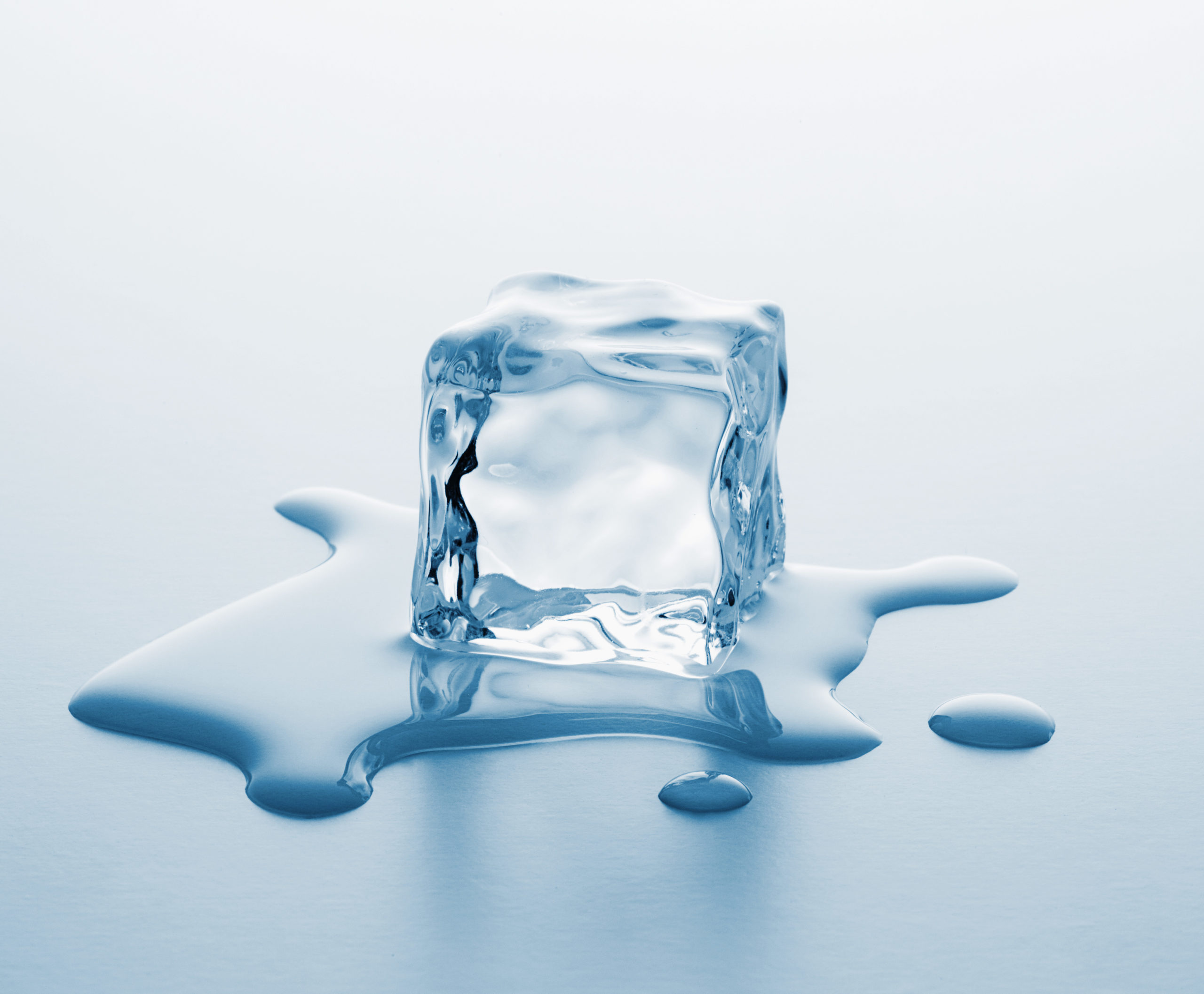الحرارة النوعية is a measure of the amount of heat energy needed to change the temperature of a substance. The specific heat of a substance may change at different temperatures. Water has a higher specific heat than ice, for example, because جزيئات of liquid water have more ways to move around, and therefore more ways to store energy in their movement, than water جزيئات in ice do.
 In solid ice, water stores its heat energy in the form of vibrations. In liquid water, جزيئات can move more freely (and therefore have more ‘degrees of freedom’). Liquid water thus has more ways to store heat energy and hence a higher specific heat capacity than ice.
In solid ice, water stores its heat energy in the form of vibrations. In liquid water, جزيئات can move more freely (and therefore have more ‘degrees of freedom’). Liquid water thus has more ways to store heat energy and hence a higher specific heat capacity than ice.
The exothermic and endothermic processes in a coffee bean (see lessons 3.09–3.10) contribute to the way a bean responds to heat while it is inside the roaster: exothermic processes reduce the amount of energy needed to raise the bean temperature, while endothermic processes increase it.
Since the energy from these processes can’t be measured separately during roasting, they are generally combined into a single measurement (in modelling, this is referred to as a ‘lumped parameter’), which we will refer to as ‘effective specific heat’. The effective specific heat includes the specific heat of the material itself, as well as any contributions from the evaporation of water and the chemical reactions within the bean.
Before roasting, beans contain a substantial amount of moisture, which itself has a high specific heat. A higher water content therefore raises the specific heat of the coffee (Chandrasekar and Viswanathan 1999). Estimates of the specific heat of green coffee beans before roasting vary from around 1.0 (Chandrasekar and Viswanathan 1999) to 1.9 kJ kg-1 K-1 (Cardoso et al 2018).
The initial specific heat of a coffee depends on its moisture content and composition. One study compared beans from different farms within a single municipality in Colombia,